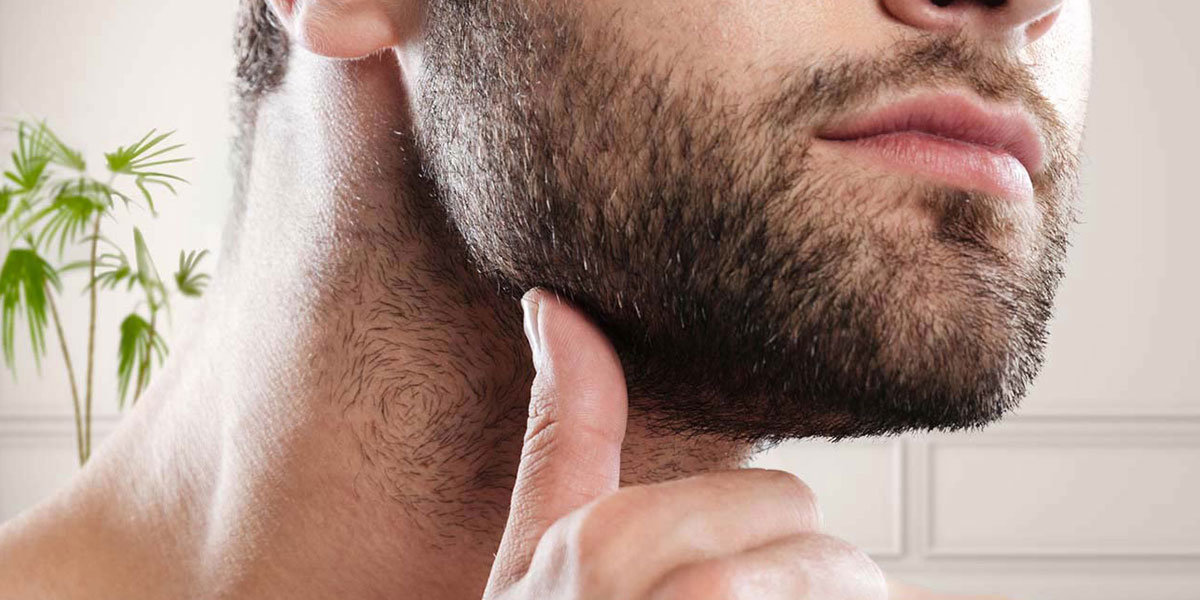Latest News
What to Expect Before and After a Beard Transplant

Maybe you are interested in a beard transplant for a number of reasons. One reason being you have patchiness within your beard and you are looking for a more fuller look. Another reason might be that you can hardly grow any facial hair and you would like to be able to sport a mustache and beard, but you have never had the luxury of being able to do so. It may be frustrating for some men to not have their desired facial hair because it is out of their control. Genetics determine whether one has the ability to grow facial hair and what the facial hair will look like. Unfortunately, there aren’t really any over the counter medications or topical ointments that provide a permanent solution for facial hair growth. That is why many turn to the option of a beard transplant. Beard transplants could be a solution for someone looking for fuller facial hair that will continually grow like the rest of one’s hair. Let’s look into what it’s like for a beard transplant before and after a procedure takes place.
Where Does the Hair Come From?
One of the biggest questions when it comes to a beard transplant before and after the process is where the hair comes from. Some may ask, “Is it my own hair?”
The answer is yes. It is your own hair. Most of the time, hair is moved from the back of the scalp to the desired area on your face. They use hair follicles from the back of your head because the hair growing in that area is most similar to what grows on your face. Sometimes, they harvest hair from the chin or neck area to implant for sideburn, cheeks, and above your lips. However, for beards, it is most likely hair from the back of your scalp. Because your own hair follicles are being used, the implanted hair typically thrives on the face, limiting the chance for your body to have major reactions from foreign hair follicles.
What’s the Process?
In order to see the difference of a beard transplant before and after, you might want to understand the difference in between. A great thing about beard transplants is that you get to decide how you want it to look. You will meet with your doctor and discuss characteristics that you desire such as fullness and areas of implantation. They will come up with a design that you get to approve prior to the procedure being done so you know exactly what your transplant will look like.
There are a few options for how the hair is removed from the back of your head to your face. They may use Follicular Unit Transplantation (FUT), which is where a strip of skin is removed from the back of the head, then the hairs are removed and cut into individual hair follicles. Those hair follicles are then implanted into the desired area on the face. This method tends to leave a small scar on the back of the head that can be covered with longer hair. However, if you have shorter hair, the scar may be able to be seen with the visible eye. The other option is Follicular Unit Excision (FUE) where they remove the individual hair follicles and leave so-called “pin-prick” size scars throughout the back of one’s head. These scars would be very difficult to see with the naked eye and may be a better option for those who wear their hair shorter and want the scars to go undetected. This is important to discuss with your doctor prior to the procedure taking place to see what is the best option for you.
The After Effect
Now you know the transformation of a beard transplant before and after, you may be wondering what a beard transplant would be like post-procedure, and how long it takes for beard transplant hair to grow. You will most likely begin to see growth around six months after the transplant takes place. Then, once it grows in fully, it will grow like it normally grows on your scalp. You will have the ability to trim and design it regularly how you desire!
You also might be wondering how many days until you can be seen in public. Although there may be some slight swelling or redness, most people can go back to work or other daily activities after a few days of receiving their transplant.Your doctor will give you a shampoo and oil that will help with the healing process. Depending on your skin type, it might take a little more than a few days to see the redness fade from the affected areas.
New Beard New You
Gone are the days of patchy hair growth or lack of a full beard. With a beard transplant you get to have the full, customized beard you always wanted. After about six months, you should really see a difference in your facial hair, and after about a year, you can be confident in your facial hair and forget the days where growing facial hair was frustrating. With a beard transplant, you will be constantly trimming and grooming your real beard, showing all your friends your beard transplant before and after photos.
Kenneth is a proud native of sydney, born and raised there. However, he pursued his education abroad and studied in Australia. Kenneth has worked as a journalist for almost a decade, making valuable contributions to prominent publications such as Yahoo News and The Verge. Currently, he serves as a journalist for The Hear Up, where he focuses on covering climate and science news. You can reach Kenneth at [email protected].










